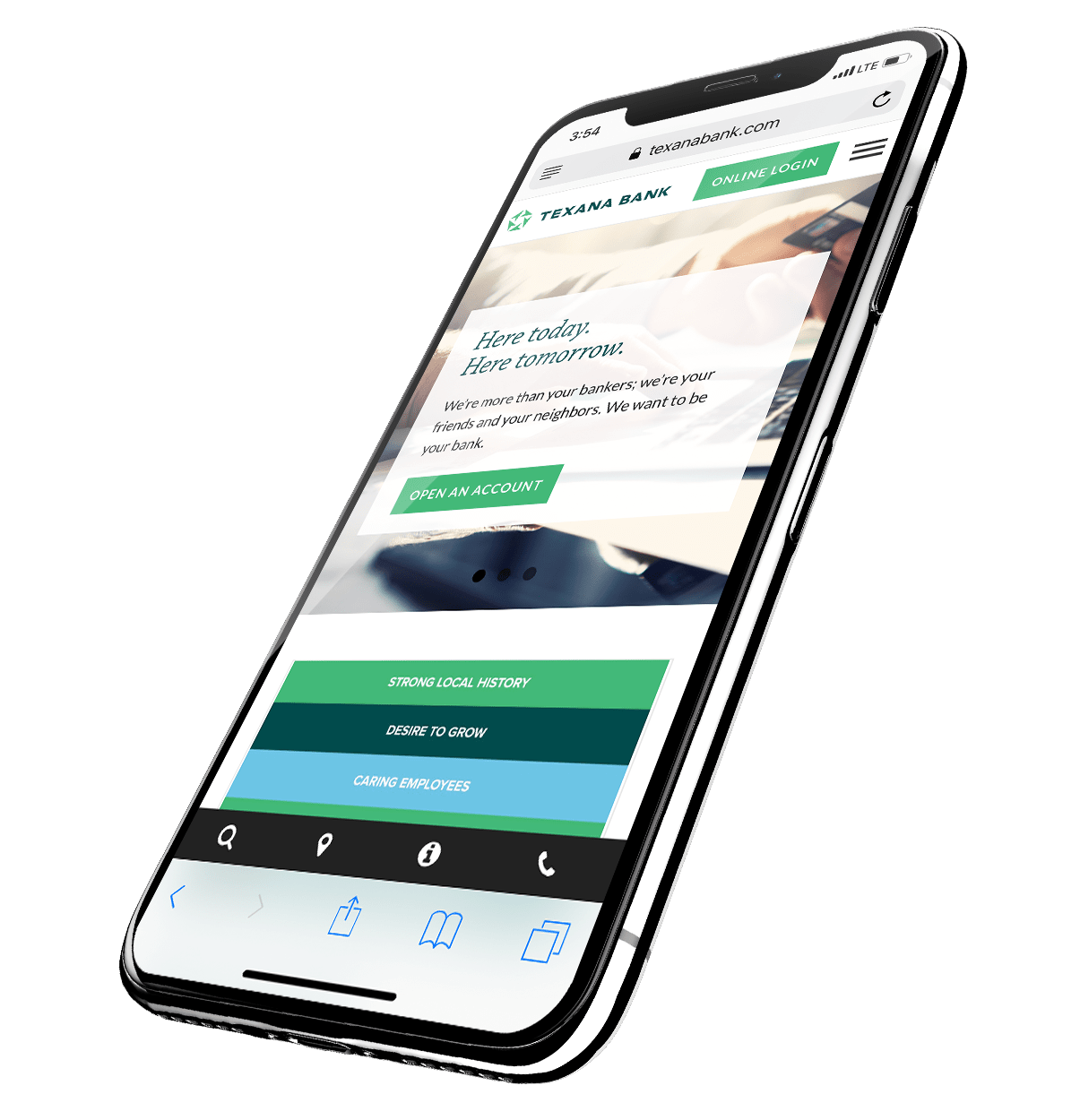We are at the beginning of an unprecedented crisis. I’ve avoided writing these words for days now—hoping the fear, anxiety, and disease itself might lift their vile grip from our collective lives.
But, as I receive the notice that schools will continue suspensions for another week (at least), more mandatory business closures are imposed, and social groups are recommended to shrink, I know that not only is COVID-19 here to stay—but its ramifications will be deep and far-reaching.
While the disease itself is quite frightening, the economic fallout it may cause gives me great concern.
I don’t pretend to have much advice for pandemics. I will leave health and safety guidance to the experts at World Health Organization, the CDC, and other experts.
But many of you have questions about what you should be doing in the marketing and advertising arenas. What follows is certainly no “how-to guide,” but more a “maybe if” set of suggestions.
1. Take care of the homefront.
During every preflight safety brief, you’re given valuable instruction you should carry throughout your life: “When the oxygen mask descends, put on yours before helping others.”
The lesson is simple. You can’t help others if you’re incapacitated. We’re all facing decisions in an unprecedented environment. The most important thing you and your bank can do for your community, your board of directors, your investors, and your own family is also simple: stay in business. You can’t help others if your bank is incapacitated.
Shore up your operations, determine your staffing protocol, and solidify your schedule. I have no advice there other than do these things first. Create the environment for safety and health for you and your coworkers—and also for all your longevity. Do this first, but if at all possible, do not stop there.
2. Take care of your community.
It would be easy for most community banks to skip step one and move to this step. Please don’t. Remember the oxygen mask.
But as you feel comfortable with how you’ll operate over the next several weeks, you might have the ability to do a bit more. If so, one area that needs many layers of help is connecting those in need with those wanting to help.
You likely have several at-risk groups in your community who need help. You also likely have groups and individuals who would like to help those in need. But these two sides often have difficulty connecting.
Serving as a liaison between these groups can be a great method of virtual volunteering. You can use your social platforms that permeate the community to connect dots and help others fulfill needs that would otherwise be unmet.
3. Take care of your businesses.
This is really an extension of your community.
I can tell you that small businesses are scared—particularly restaurants and bars that have faced mandatory closures. While this might be a necessary measure to prevent the spread of disease, this will most certainly impact these proprietors.
You can share and focus the excellent message that’s already floating around: encourage your community to buy gift cards from local restaurants on your social platforms. Help spread the news of those that offer takeout and delivery. Many are offering the service for free! Concentrate on your clients first, of course.
If appropriate for your situation, look to share resources as they become available. As the federal government prepares (and likely releases) financial support for business, I am confident that a portion of that will be managed through banks. Keep your eyes open for these opportunities, help your bank determine its role in the offerings, and be ready to announce and execute.
4. Advance your brand.
There seem to be two camps: those are committed to advertising through the crisis and those who’re storing “dry powder” for the other side. I have no argument for the logic of either.
However, I will share some thoughts that lean toward the former philosophy. I haven’t seen the statistics yet, but it stands to reason that this is the single largest weekday at-home population our country has ever seen (outside of holidays). You have an incredibly large captive audience at home. And they’re bored. I imagine we’ll see an incredible spike in digital consumption and TV-watching. It might be the TV running in the background while someone fills out reports, or just a break from the drudgery to see if Tom Brady really did leave the Patriots to become a free agent (he did!? A Buc??).
In short, you have a captive audience likely engaged in media. No, they’re likely not going to be opening accounts, but you do have an opportunity to build name-id, awareness, and brand presence. You can communicate your strength—that you’ll still be here. Or you can just encourage your audience. But maybe they will open accounts—after all, they have a ton of time and opportunity.
Regardless, you shouldn’t ignore what arguably is the single-largest opportunity to engage an audience this way.
5. Take care of the future.
You could argue this should be first, but it’s the most difficult and far-fetched idea.
Not only are adults at home, but so are their kids. It’s been a bit of a joke for years (with all due respect to our teachers who don’t get to pick the curriculum): “Our schools teach our kids the Pythagorean theorem, but not how to balance a checkbook.”
Well, now you have an opportunity. And you have help, too. My social feed is flooded with parents saying, “I guess I’m a teacher now” with an overwhelming stack of books.
This is why this should be number one. It’s an incredible opportunity to help kids with financial literacy. It’s an incredible opportunity to help parents with this new role into which they’re thrust. And you can endear yourself to both audiences—building a legacy into the future.
But it’s also difficult and that’s why I said it’s far-fetched. You’ll have to stand up these efforts incredibly quickly to stand in the gap. Even if you own the curriculum and are trained to deploy it, it’ll be difficult to enact.
However, simple steps might be best. Perhaps you use the live services of Facebook, Instagram, or YouTube to conduct live financial literacy classes. No, it’s not as interesting as zoos sharing live feeds of animals to give kids some edutainment, but a group of parents will appreciate your help. When you bring value and enrichment to folks who are struggling for answers, stability and help, don’t be surprised when they show up to do business with you when the world begins to return to normalcy.
Also, let’s face it—kids aren’t the only ones who need this education. There are plenty of folks whose lives will be economically impacted by COVID closures. We might not have all of the answers yet in how to aid that group, but we can help prepare future generations for what might come.
I have no predictions for what the future holds, but I’m actually optimistic. I’m preparing for life and work on the other side of this crisis.
We are in the middle of an epidemic—not of a disease, but of fear. The way we behave now—as individuals and society—will have incredibly long-lasting economic impacts on our city, region, and nation. We must make decisions that affect us immediately, but we cannot forget that we will most likely have a future for which we must prepare.




